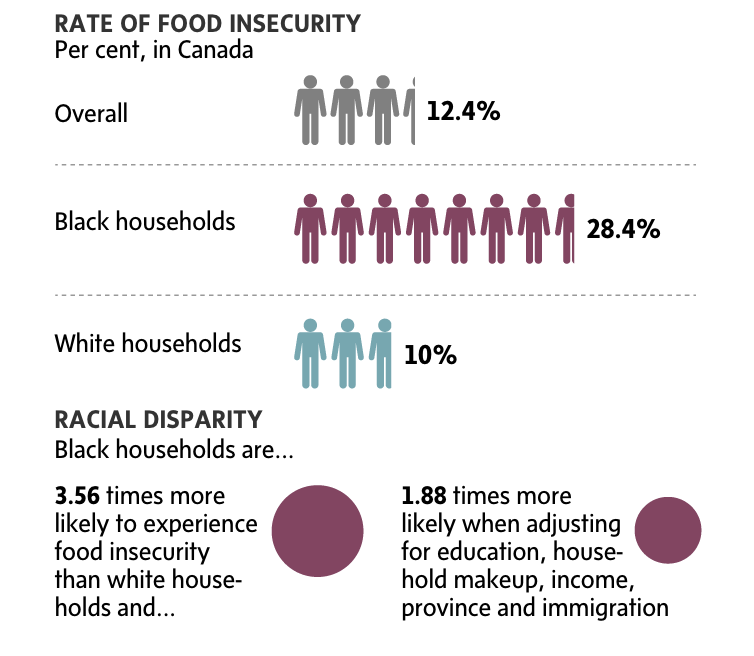Food Insecurity Among Canadians
The COVID-19 pandemic was not simply a world-wide health crisis, it was also the cause for magnified existing social inequalities and service gaps, particularly in marginalized urban areas. It exposed the deep-seated systemic and structural racism ingrained in Canadian cities while also highlighting the resilience and innovation of affected communities. However, it also brought a new light to the critical issue of food insecurity, which remains a pressing concern even after the peak of the pandemic.
The Impact of COVID-19 on Food Insecurity
The urgency of the pandemic response led to an unprecedented lobbying of community-level expertise and involvement. New initiatives were launched, and existing resources and networks were adjusted to meet the rising demand for food assistance. This period also prompted changes in food system governance, with government agencies and funding organizations reassessing their partnerships with local communities to improve food accessibility.
To mitigate the food insecurity crisis, the Canadian government allocated $330 million through the Emergency Food Security Fund during the pandemic. This funding supported food banks, meal distribution programs, and delivery services, offering short-term relief to millions of Canadians struggling to obtain regular meals. However, these temporary measures failed to tackle the underlying structural issues that continue to drive food insecurity across the country.
The Current State of Food Insecurity in Canada

Line up for Food Banks in Toronto, Toronto Star
In April 2024, PROOF, a food insecurity research initiative, reported that 22.9% of Canadians—equating to 8.7 million people, including 2.1 million children—currently experience food insecurity. This alarming figure underscores the widespread nature of the problem, which persists despite ongoing economic recovery efforts.
Today, more than 61,000 organizations across Canada provide various forms of food security support at the community level. These organizations are essential in addressing food insecurity, especially given the limited intervention from the federal government. However, as municipalities and community-based organizations shoulder increasing responsibility for social welfare, the response remains largely reactive rather than preventative, failing to address the deeper causes of food insecurity.
Racial Disparities in Food Insecurity
Food insecurity disproportionately affects certain demographic groups. Studies indicate that Black households face significantly higher risks of food insecurity compared to White households. According to Dhunna and Tarasuk (2021), Black households are 3.56 times more likely to experience food insecurity. Even after controlling for other socio-demographic variables, Black-respondent households still face nearly double the odds of food insecurity compared to their White counterparts.

Image from Broadbent Institute
These statistics highlight that food insecurity is not solely a matter of income but also a result of broader systemic and structural inequalities. Factors such as labour market discrimination, disparities in housing and social service access, and historical economic exclusion contribute to the heightened vulnerability of racialized communities.
The Path Forward: Advocating for Structural Reform
While emergency aid and charitable initiatives offer short-term relief, lasting solutions require comprehensive policy changes. Governments at all levels must take proactive steps to address the fundamental causes of food insecurity. Food insecurity in Canada is not an isolated issue but rather a symptom of broader societal inequalities. Without meaningful and sustained policy intervention, millions of Canadians will continue to struggle with inadequate access to food. A shift from temporary aid to long-term structural reforms is crucial to ensuring food security for all, regardless of race, income level, or geographic location.

